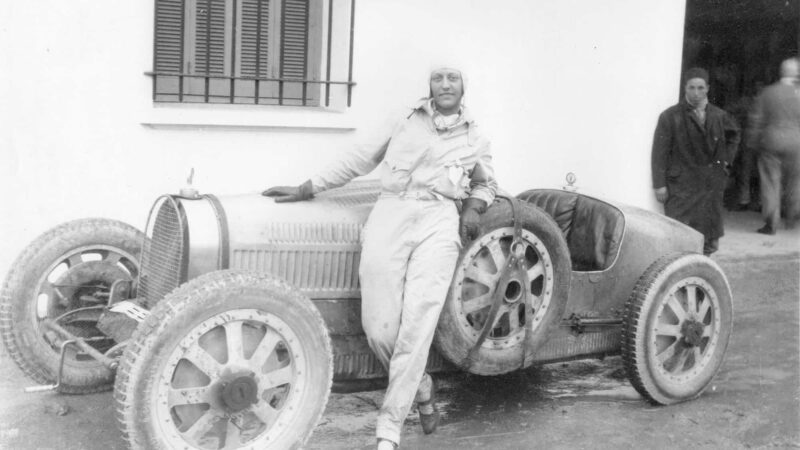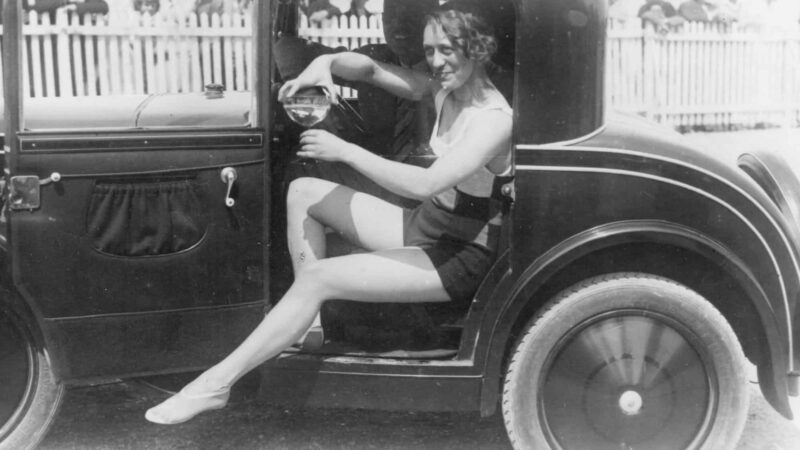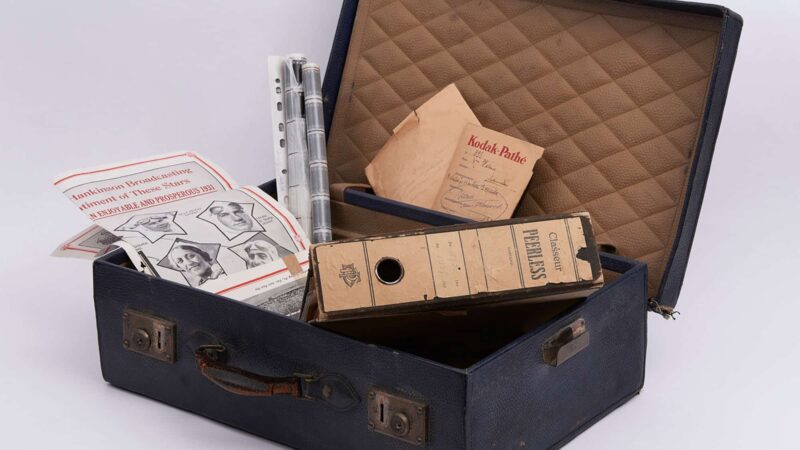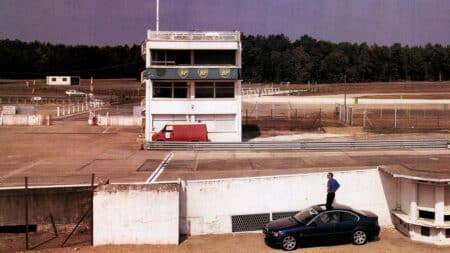This led to suspicions about her relationship with the Axis forces, a rumour promulgated by Chiron on the eve of her planned motor sport comeback at the 1949 Monte Carlo Rally; the grand prix legend insinuated she might be a Gestapo spy.
Now estranged from her sponsors and family, the riches of Hellé Nice’s formerly glamorous life ebbed away.
Falling into poverty, she eventually ended up moving into an attic room in Nice, and was seen by neighbours taking milk from neighbours’ cat saucers in a bid to stave off starvation. She died alone in 1984.
Her exploits featured in newspapers and magazines of the time, but Hellé Nice is rarely mentioned among racing’s pioneers. Roaring: The Dramatic Journey of Helle Nice, is designed to remedy that, with newly-commissioned illustrations, archive news pieces, and rediscovered pictures.
At the time of publishing this article the crowdfunding campaign was two-thirds of the way to its target, but ultimately failed to meet the 500 pre-sales that were needed to make print.




